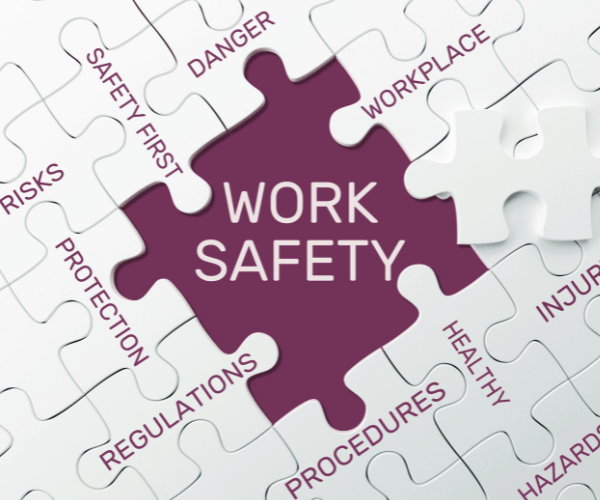A safe workplace isn't just about PPE and warning signs - it’s about culture. The best-performing UK organisations embed safety in everything they do.
What does a strong safety culture look like?
Leaders walk the talk - safety is part of every meeting, not just an afterthought
Near misses are reported - not buried or ignored
Employees are involved - from toolbox talks to process improvements
Mistakes lead to learning, not blame.
Building a culture of safety as a business owner isn’t about posters on the wall or ticking compliance boxes - it’s about creating an environment where safety, quality, health, and environmental responsibility are second nature. In QHSE terms, it means integrating these values into the everyday mindset and behaviour of your team, from leadership down to the shop floor.
It starts at the top
A strong safety culture always begins with leadership. As a business owner, your attitude sets the tone. If you treat QHSE as an afterthought, so will your team. But if you’re seen actively supporting safe practices, asking questions about risk, and getting involved in toolbox talks or audits, it sends a clear message: safety and quality matter here.
Lead by example. If you walk through a worksite and ignore a trip hazard or skip the PPE, you’ve just given everyone else permission to do the same. But if you act when you see something wrong—even a small thing—it shows you’re serious about creating a safe environment.
Empower people, don't police them
A culture of safety isn’t about finger-pointing - it’s about trust and accountability. Staff should feel confident to report near misses or raise concerns without fear of blame. If someone spots a hazard and speaks up, that’s a win - not a nuisance.
Encourage two-way communication. Ask employees for feedback on safety procedures. Involve them in risk assessments and toolbox talks. People are far more likely to follow QHSE processes if they’ve helped shape them.
Make safety practical and understandable
Too many safety initiatives fail because they’re overcomplicated. A good QHSE system should be easy to use, clear, and relevant to the actual work being done. Avoid jargon and long-winded procedures no-one reads. Instead, make processes user-friendly - checklists, visual guides, simple training materials. And review them regularly to keep them relevant.
Recognise good behaviour
Positive reinforcement goes a long way. Recognise teams or individuals who contribute to a safer workplace - whether it's reporting hazards, suggesting improvements, or just consistently doing the right thing. It doesn’t have to be a grand gesture; even a thank-you in front of the team builds a sense of pride and shared responsibility.
Build it into the business
Culture doesn’t grow from side projects - it grows from how a business works day to day. Make QHSE part of inductions, team meetings, performance reviews, and KPIs. Link it to your values, not just your legal duties. And importantly, treat it as an asset, not a burden - because a strong safety culture reduces accidents, improves morale, and often boosts quality and customer satisfaction too.
Real-world examples
Network Rail has embedded a “Safety Conversations” programme to encourage proactive, blame-free reporting.
BAM Nuttall uses “Behavioural Safety” training to improve awareness and reduce incidents on construction sites.
John Lewis Partnership introduced a “Speak Up” culture, enabling staff to report concerns without fear.
How to start building that culture
Train your managers, not just operatives.
Recognise safe behaviour, not just react to problems.
Use visual reminders and digital tools (like safety check-in apps).
Partner with a QHSE consultant to identify cultural blind spots.
The result?
Fewer incidents, happier staff, and a stronger business.
Building a culture of safety is about leadership, clarity, consistency, and trust. It requires effort, but it pays off - fewer incidents, higher engagement, and a stronger reputation. For businesses looking to make QHSE a natural part of their culture, partnering with a consultant like Paragon QHSE can help you embed the right behaviours and systems from day one - without the jargon or red tape.
Ready to get compliant without the headache?
Paragon QHSE is not your average Quality, Health, Safety and Environmental consultancy. We cut through the jargon and deliver straightforward, practical support that fits your business - not the other way around.
Whether you're aiming for ISO certification, need help with risk assessments, or simply want to get your QHSE house in order, we’re here to make it simple, stress-free, and fully compliant.
Get in touch today and see how we can support your business with clarity, not complexity.

